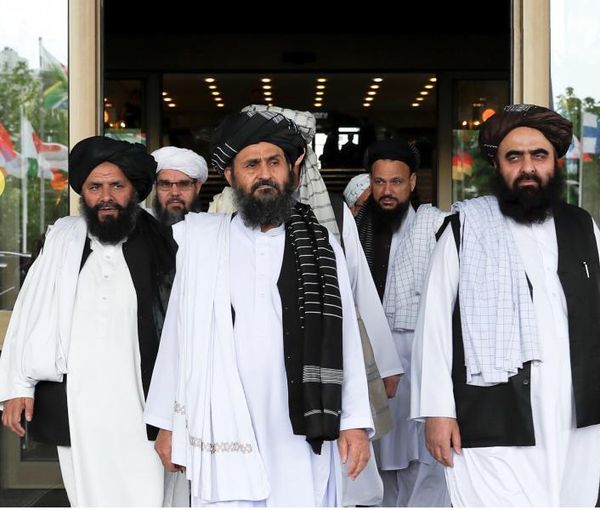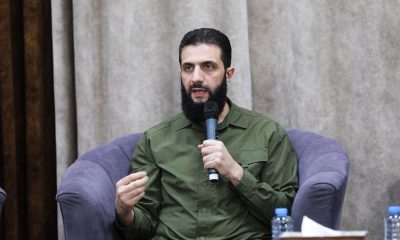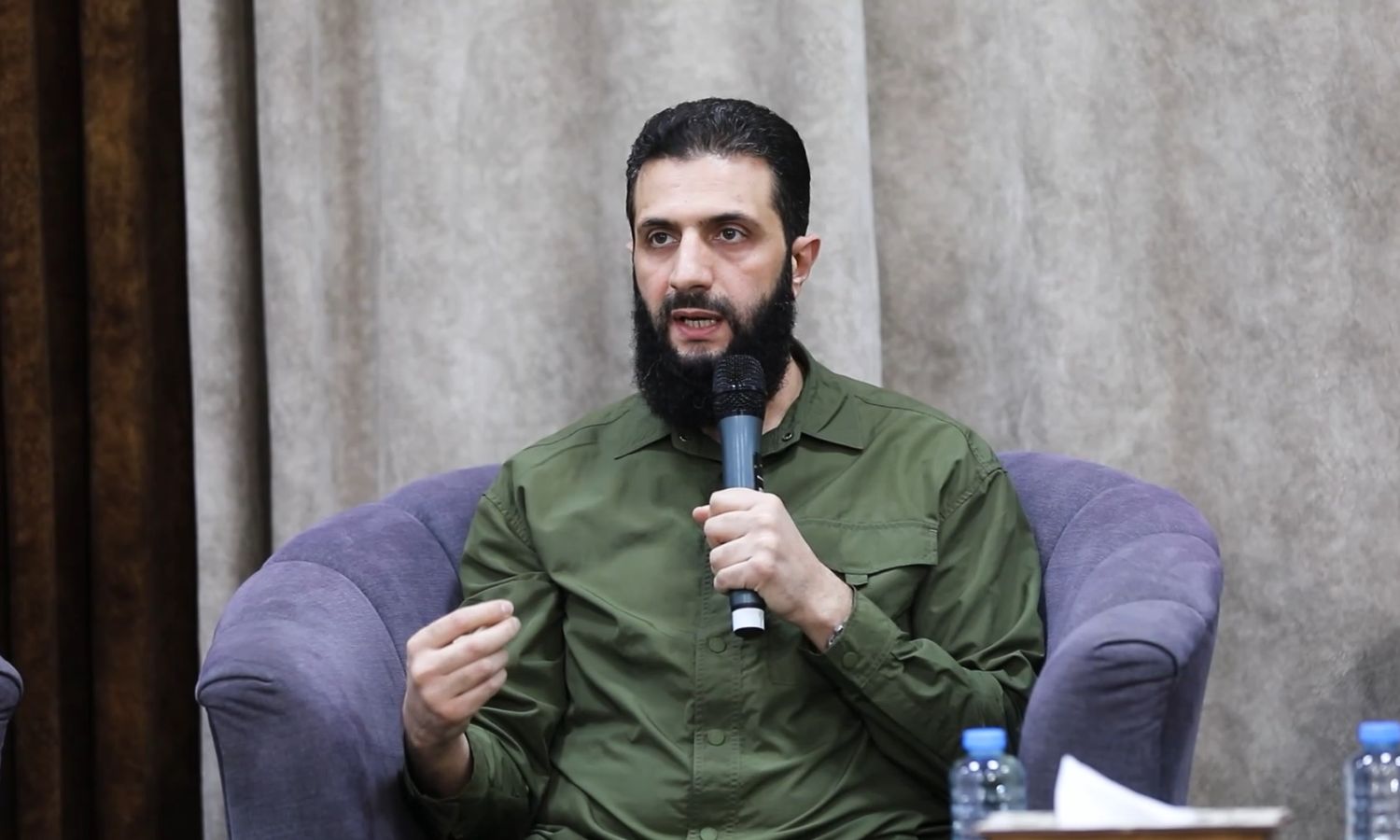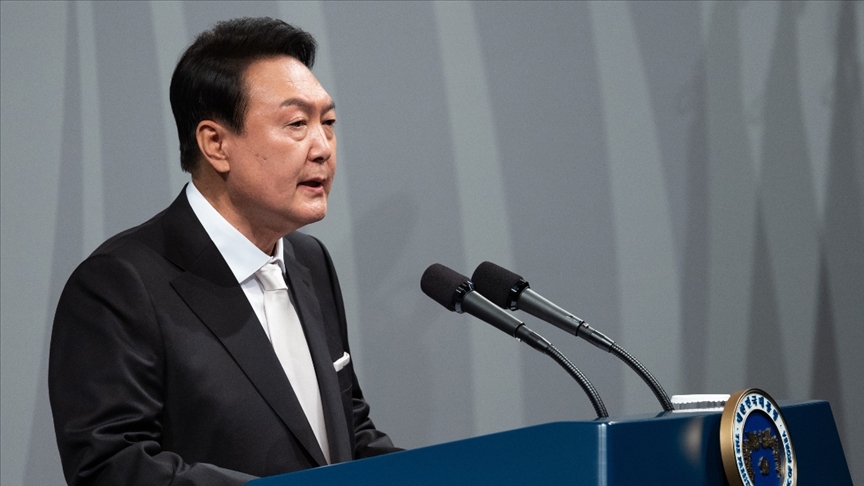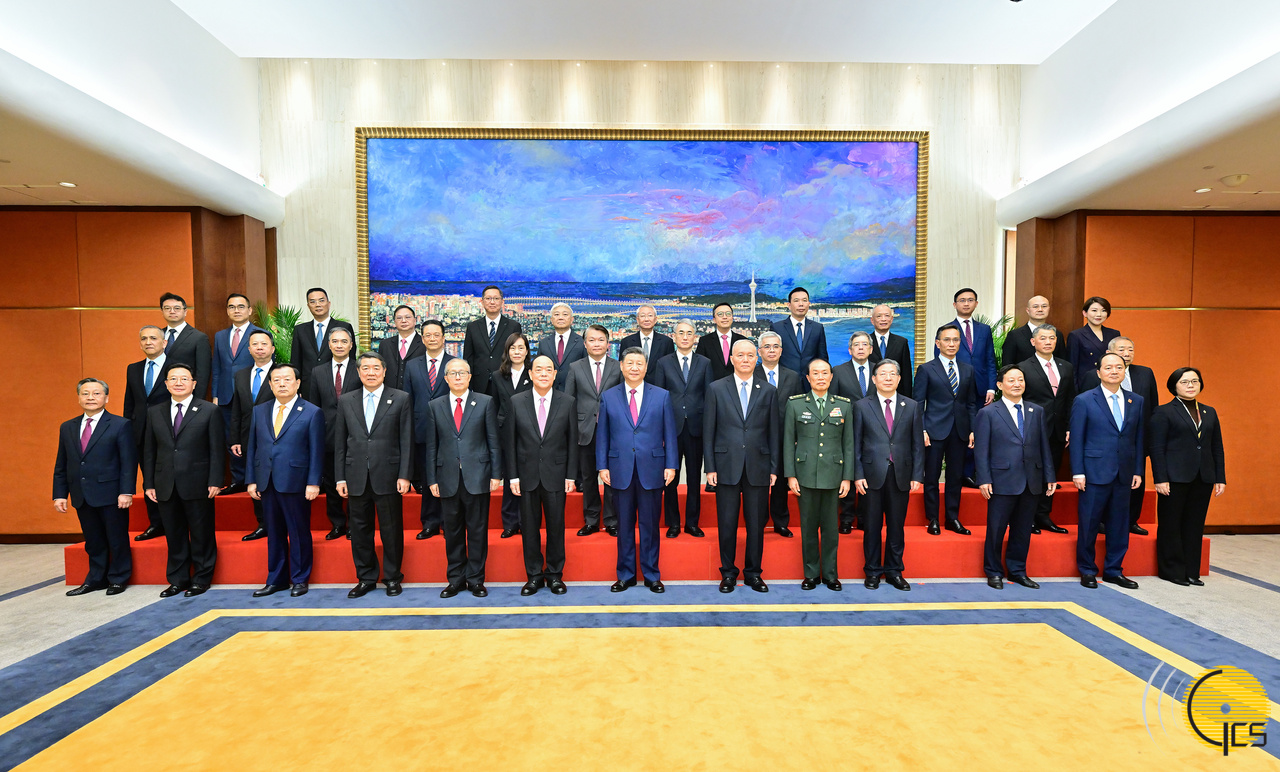Two years after the Taliban victory following the US troops withdrawal that resulted into the collapse of the republic system, the Taliban has come up with an astonishing statement to ban activities of all political parties in Afghanistan.
At the time when the Taliban were seeking to normalize ties with the world for the sake of recognition, the Taliban decision to impose a complete ban on activities of political parties had shown that there is no room for any wider-political engagement.
The announcement was made by the Taliban Minister for Justice, Shikh Maulavi Abdul Hakeem Sharae who said that activities of political parties are banned because neither they have any standing in Sharia law nor they have any national interest to serve the country.
While presenting his annual report of his ministry in Kabul, the capital city, he said that people also liked these political parties, terming them against peace and prosperity of the country.
The ban was imposed just days after the Taliban marked the second anniversary of their return to power in Afghanistan after 20 years of war with the foreign troops and the then Afghan security forces.
Taliban disallowed political activities in past two years
Taliban since 15 August 2021, has generally disallowed political activities from the get-go, and this decision has further strengthened this idea while the Taliban have been resisting international pressure to form a more inclusive government.
The official said that the “interim government” has representatives from all ethnicities and tribes and was broad-based, rejecting the participation of officials of the past government as “betrayal of their long struggle against foreign occupation forces and the republic government.”
Till 2021, at least 70 major and minor political parties were formally registered with the justice ministry of Afghanistan. However, after the return of the Taliban, the political party has crumbled and also there is no political leader inside Afghanistan. The Taliban has already restricted the freedom of association and assembly.
The Taliban however also passed some rules which have severely cut basic freedoms in most facets of daily life. These restrictions include the ban of girls from schools and women from workplaces, also from public baths to public parks and traveling alone without a male partner.
In fear of Taliban persecution or arrest, a large number of political figures are out of the country and those tiny numbers that are inside the country are not allowed to travel abroad.
Dialogue among the Afghans
However, efforts have been underway to bring the Taliban, the current ruler of Afghanistan, and Afghan politicians in exile under one table as part of the reconciliation process. The Taliban is not too much interested in launching a wide-range of dialogues with opposition aimed to form a broad-based government. The Taliban already said that if the opposition want to stay in Afghanistan they can come, but they will not be given any government posts.
Former US Special Representative for Afghanistan Reconciliation, Zalmay Khalilzad has recently said that the Afghan politicians in exile should return to their country.
“There is opposition in every country. And they live inside the country and don’t run away,” Khalilzad said, referring to the Afghan politicians in exile.
On the other part, the Taliban also needs to form a constitution and formulate its policy based on that. Mullah Abdul Salam Zaeef, a former Taliban diplomat, called on the Taliban to come with a document for a legal process and called it important to preserve Afghanistan’s sovereignty.
Taliban running the country without constitution
“The constitution will provide a clear picture of how to deal with internal affairs and how to interact with the world,” he added.
Indeed, with the withdrawal of all foreign troops after 20 years of involvement in the Afghan war, the majority of Afghan political leaders had no other choice but to flee the country, fearing retribution for their association with the US backed former government.
“Now we need to provide a legal document for the Afghan politicians to assure them of their security and give them all liberties, including political activities,” said a Taliban official, wishing anonymity.
He said that political parties are operating in other countries, and questioned why they should be banned in Afghanistan. “As a government, the Taliban should let the leaders of the certain political parties to operate and hold gatherings. The Taliban should not be afraid of these political figures,” he added.
Self-exiled politicians openly opposed Taliban rule
“These political leaders in the last 20 years did nothing for the country and the people. I am sure if they return back to Afghanistan, even people in their own community and tribe will not welcome them,” he added.
Many self-exiled Afghan political leaders have openly opposed the Taliban rule and called for dialogue. However, the Taliban is not interested in dialogue with them but also not opposing their return to Afghanistan. These political leaders have announced armed resistance against the Taliban and called on the international community to support them but they received no backing for their campaign.
Though the Taliban was not recognized by the foreign countries, but at the same time the world is no more interested in supporting the opposition of the Taliban.
An Afghan political expert, Torek Farhadi said that the Taliban are eager to follow the example of Gulf countries to serve the country without any political parties.
“This system is very good for a country like Afghanistan in case the Taliban allows the participation of the women and people from all walks of life in politics to decide on their future,” he added. The participation of people doesn’t mean conspiracy against the government.

 EUROPE1 week ago
EUROPE1 week ago
 OPINION2 weeks ago
OPINION2 weeks ago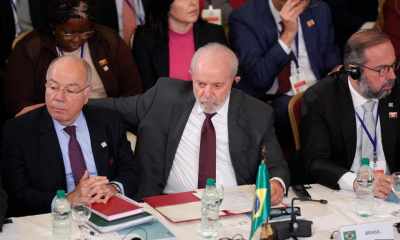
 OPINION1 week ago
OPINION1 week ago
 DIPLOMACY2 weeks ago
DIPLOMACY2 weeks ago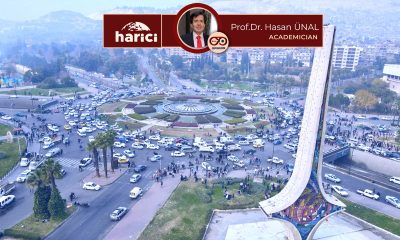
 OPINION2 weeks ago
OPINION2 weeks ago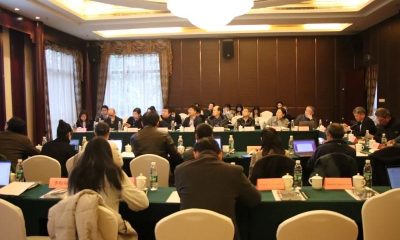
 ASIA1 week ago
ASIA1 week ago
 MIDDLE EAST1 week ago
MIDDLE EAST1 week ago
 MIDDLE EAST2 weeks ago
MIDDLE EAST2 weeks ago
